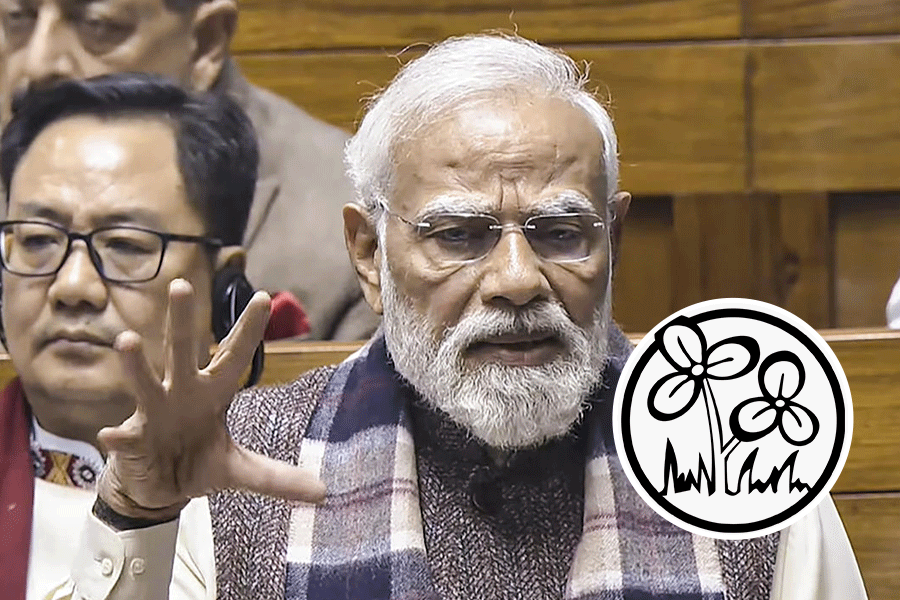A few lucky people find a fitness routine they love and stick to it. But many of us simply want to get our workout over with as quickly as possible. For those in the latter camp, it’s hard to resist headlines claiming we can get in shape in five minutes or less per day.
Such a thing seems too good to be true, but an emerging body of research suggests thesemicro-workouts — a few 20-second rounds of stair-climbing, four-second sprints on an exercise bike, or two minutes of dashing to catch the bus — can improve fitness, prevent disease and extend one’s life.
These activities are easier to slip into your schedule than the recommended 150 minutes of moderate weekly exercise (or 75, if you make it vigorous, by running, for instance). However, some scientists say micro-workouts, also called exercise snacks, are oversold. And even those who tout their benefits say that calling them as good as, or better than, more traditional workouts is going too far.
What’s the evidence for the micro-workout? The concept builds on more than twodecades of research into HIIT, or high-intensity interval training. HIIT involves a series of nearly all-out efforts, usually 20 to 60 seconds long, interspersed with short rests, and then repeated again and again. Some studies suggest that HIIT workouts deliver many of the same benefits as steady, moderate-intensity exercise — including improved aerobic fitness and blood vessel function — in less time.
So, researchers wondered if just a few hard intervals scattered throughout the day would be effective too. Might brief bursts of activity still have benefits with hours of rest inbetween, rather than seconds?
So far, small lab studies have suggested micro-workouts can move the needle on some health measures. In one typical example, 12 young adults who didn’t otherwise exercise dashed up three flights of stairs (60 steps) three times a day, three days a week. After six weeks, their aerobic fitness, as measured by oxygen intake, had improved by 5 per cent. This is about what you’d expect from three days of brisk walking for 30 minutes each week, said Jonathan Little, the lead author of the study and a professor at the University of British Columbia, Canada.
But observational studies can’t prove cause and effect. And that benefit is less robust than what you would expect for those meeting government exercise guidelines. Still, done regularly and safely, such brief bursts might be a meaningful start for otherwise sedentary people, said Emmanuel Stamatakis, a professor at the University of Sydney in Australia and the study’s lead author.
Why are some scientists skeptical? Exercise makes us fitter and healthier by putting stress on our muscles and cardiovascular system, which then grow stronger and more efficient, said Dr Philip Skiba, an exercise physiologist and physician in Park Ridge, Illinois, US. Minute for minute, intense efforts stimulate muscles more than moderate workouts — but bursts as short as 20 seconds are unlikely to create major health improvements, he said.
In fact, even the benefits of HIIT may be inflated, said Panteleimon Ekkekakis, a professor of exercise psychology at Michigan State University, US. Most lab studies of short-but-intense efforts are small, limiting their statistical power. Outside of the lab, wrist-worn activity monitors allow for studies of larger groups of people but may not accurately capture factors like intensity, especially for short periods.
Plus, while studies suggest that intense intervals are safe, even for people in cardiac rehab, strenuous exercise can, in some cases, raise the risk of sudden heart problems. So, it’s wise to check with your doctor first if you have a history of cardiac issues or have been sedentary for years, Dr Skiba said.
Lastly, micro-workouts may not actually motivate people to exercise, Ekkekakis said. Research indicates time restraints aren’t actually the biggest barrier. A more significant one, he said, is that many people don’t enjoy it, especially when they’re starting out. And intense workouts are often more unpleasant than moderate ones.
The bottom line
Intense bursts of effort for five minutes or less one or more times per day probably do provide some benefit, especially if you truly don’t have any other time to exercise or if youspend long stretches of time glued to your chair.
More research, currently underway, will determine the optimal “dose” — how many bursts you need, and how long and hard they should be, to produce meaningful changes in your health, Little said.
However, decades of studies, with many thousands of participants, more clearly support the health benefits of racking up around 150 minutes of moderate activity, or 75 minutes of vigorous movement, per week.
NYTNS










